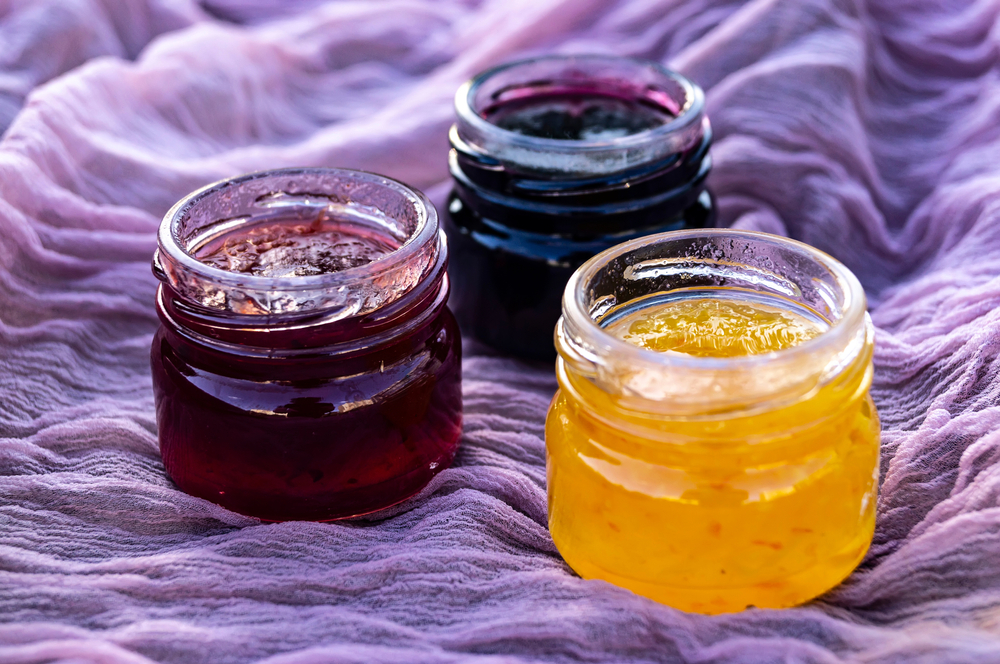The healthy winter jam you can make straight from the freezer.
Others are reading now
On cold mornings when nothing seems to go right, few things are as comforting as warm bread, a thick layer of butter and a spoonful of jam.
This is where an astonishingly simple winter jam steps in, one that needs no canning and no added sugar.
A two-step wonder
Making traditional jam typically involves mountains of fruit, plenty of sugar and patient simmering.
This winter version skips all of that.
Calling it a recipe almost feels unfair: with just two moves, you end up with a rich, spoonable spread.
Also read
The secret is the persimmon.
A bright, honey-sweet fruit that arrives in markets around October. Originating in China and shaped like a tomato, a fully ripe persimmon delivers a silky, sweet flavour with hints of honey depending on the variety.
Frozen fruit magic
Here’s where the trick comes in: a ripe persimmon doesn’t need to be cooked to turn jam-like.
Let it freeze completely, then thaw it.
As it softens, the firm flesh collapses into a thick, naturally sweet purée with the perfect consistency for spreading. Straight from freezer to toast, no stove required.
Also read
This technique also makes it ideal for small servings.
Simply keep a stash of ripe persimmons in your freezer and thaw one whenever you’re craving a wintery touch on your morning bread, even in July.
Naturally sweet, surprisingly healthy
Compared to classic jams, which typically contain at least 55 g of sugar per 100 g, persimmon “jam” is gentle in sweetness. Persimmons naturally contain around 16 g of sugar per 100 g.
Their nutritional profile is just as impressive. Persimmons supply potassium, vitamins A and C, and antioxidant plant compounds such as polyphenols and flavonoids.
At around 74 kcal per 100 g, they are relatively light, offering a mix of fibre (about 2.5 g), carbohydrates, and small amounts of protein and fat.
Also read
Their potassium content (around 170 mg per 100 g) and provitamin A levels (roughly 133 µg) stand out.
Source: Freundin.
This article is made and published by Camilla Jessen, who may have used AI in the preparation


